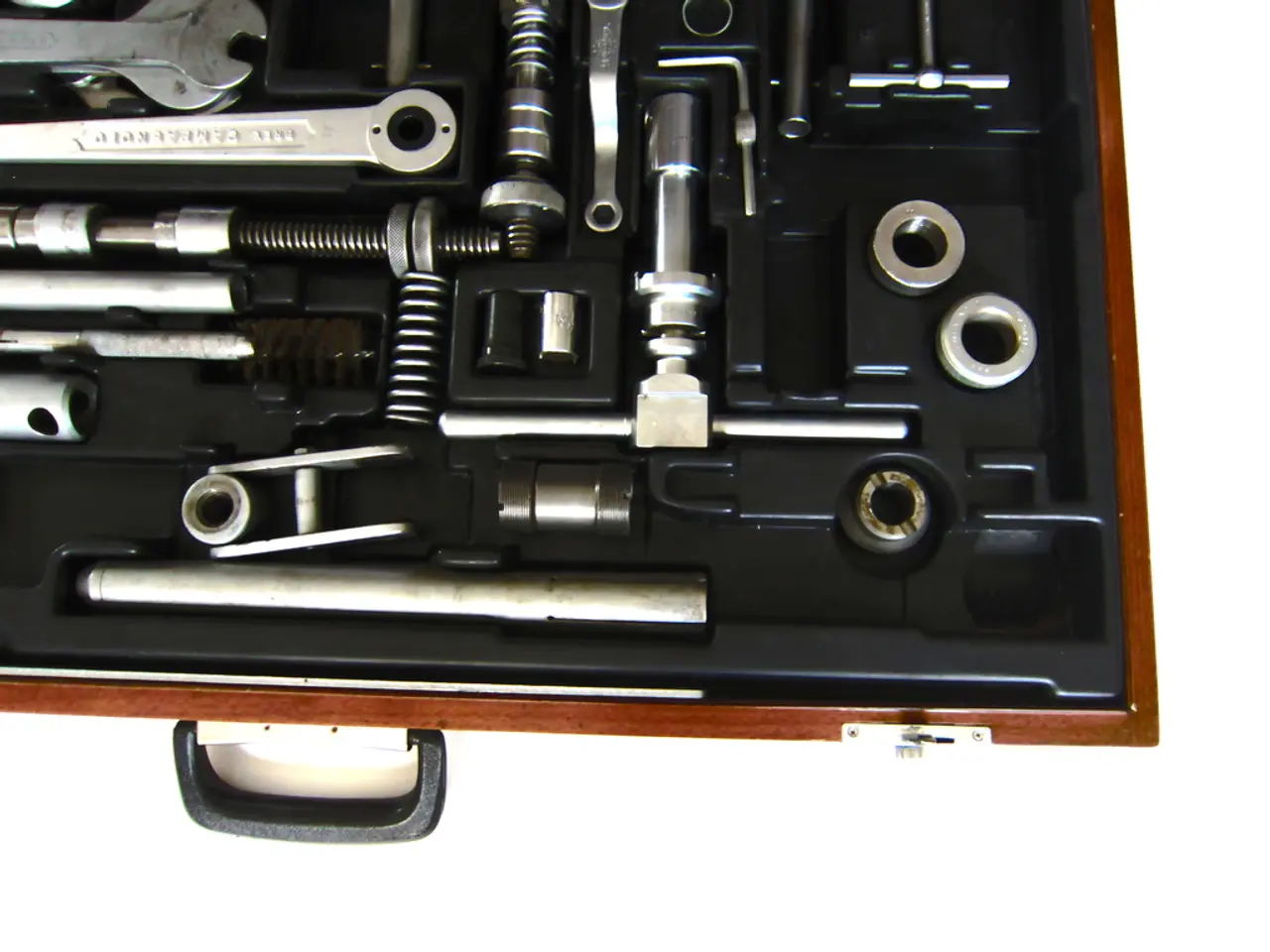Synthesizer Functioning Explained: Discovery of Audio Generation Methods
================================================================================
In the realm of electronic music, synthesizers have been the driving force behind some of the most iconic and innovative sounds. Two primary types of synthesizers have shaped the landscape of modern music: digital and analog.
Sound Creation
Analog synthesizers generate sound through electronic circuits that manipulate fluctuating voltages to create waveforms such as sine, sawtooth, square, and triangle waves. This method produces what many describe as a warm and well-rounded sound, often prized for its organic and rich character.
On the other hand, digital synthesizers generate sound by using digital signal processing with binary data (ones and zeros) to mathematically simulate waveforms and sound characteristics. They use chips, processors, and software algorithms to produce sound waves, often replicating or approximating analog sounds but also capable of creating complex and evolving waveforms beyond analog capabilities.
Functionality and Features
Analog synths tend to have simpler interfaces with knobs and faders that directly manipulate electrical signals. They may be limited in polyphony (the number of notes playable simultaneously), sometimes monophonic or with limited voice count. They generally lack patch memory, meaning sounds are designed in real-time and cannot easily be saved or recalled.
Digital synths are usually more versatile and feature-rich, offering extensive control over sound parameters via software interfaces. They often allow saving and recalling sound patches, making them convenient for live performance and studio work. They also tend to be lighter, cheaper, and support greater polyphony thanks to digital processing power. Digital synths can emulate analog sounds and also produce entirely new textures like wavetables or FM synthesis.
Perceptual and Practical Differences
Analog synthesis is associated with a classic, warm sound preferred by many for its subtle harmonic characteristics and responsive feel. Digital synthesis offers greater flexibility, easier integration with modern DAWs (Digital Audio Workstations), and more complex sound design options—but some perceive digital sounds as more “sterile” or less organic compared to analog.
Synthesizers in Music Production
Synthesizers are versatile tools in music production, used to craft unique sounds or replicate traditional instruments, and ideal for creating rich textures and layers in electronic, pop, and film music. From the lush, rich sounds of the Roland Jupiter-8 to the analog warmth of the Korg Minilogue, synthesizers provide a palette of sounds for musicians to explore and experiment with.
Exploring Synthesizers
Exploring legendary synthesizer models can provide inspiration and appreciation for their contributions to modern music. For those interested in modular synthesizers, Eurorack systems are popular, using Control Voltage (CV) and Gate signals to manage sound and rhythm. Modern synthesizers offer a range of features suitable for a variety of genres, catering to varying budgets and styles.
Mastering Synthesizer Programming
Mastering synth programming and sound design is essential for creating personalized and unique synth sounds. For novices, operating a synthesizer starts with familiarizing yourself with its key components like oscillators, filters, and amplifiers. Beginners can focus on adjusting these to create sound variations and experiment with basic waveforms like sine and square waves.
In conclusion, analog synthesizers use voltage to create sound in a traditional, hardware-driven manner offering a warm sound, while digital synthesizers use computerized algorithms and digital processing to create a wider range of sounds with more flexibility and convenience. Understanding the differences between these two types of synthesizers can help musicians make informed decisions when selecting the right instrument for their musical journey.
[1] "Analog vs Digital Synthesizers: A Comprehensive Guide" - Sound on Sound [2] "The Science of Synthesizers: How They Work and Sound Different" - MusicTech [3] "Digital vs Analog Synthesizers: A Comparative Analysis" - Keyboard Magazine [4] "The Art of Synthesis: A History of Electronic Music" - The Wire
- For musicians keen on experimenting with unique sounds for their home studio, exploring various synthesizer gadgets can prove enlightening, allowing them to craft rich layers and textures suitable for diverse genres.
- As technology continues to advance, modern synthesizers boast an array of features that cater to various budgets and preferences, revamping traditional music production techniques with the help of advanced technology.
- With the rise of digital signal processing, digital synths often support greater polyphony and boast extensive control over sound parameters, making them ideal for crafting complex and evolving waveforms beyond what analog interfaces can offer.
- In the world of electronic music, mastering synth programming and sound design secrets unlocks the ability to create personalized and unique synth sounds, enabling musicians to explore a whole new dimension of music production with renewed passion and creativity.




